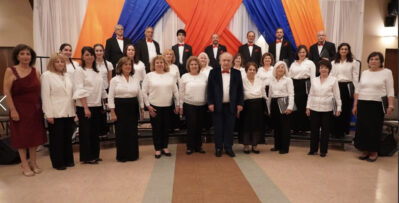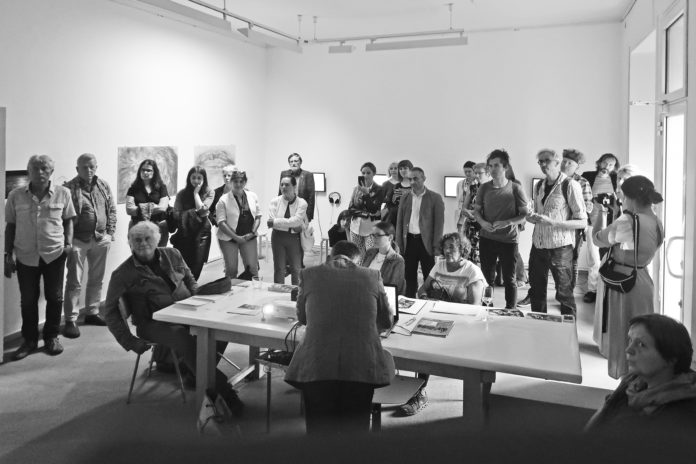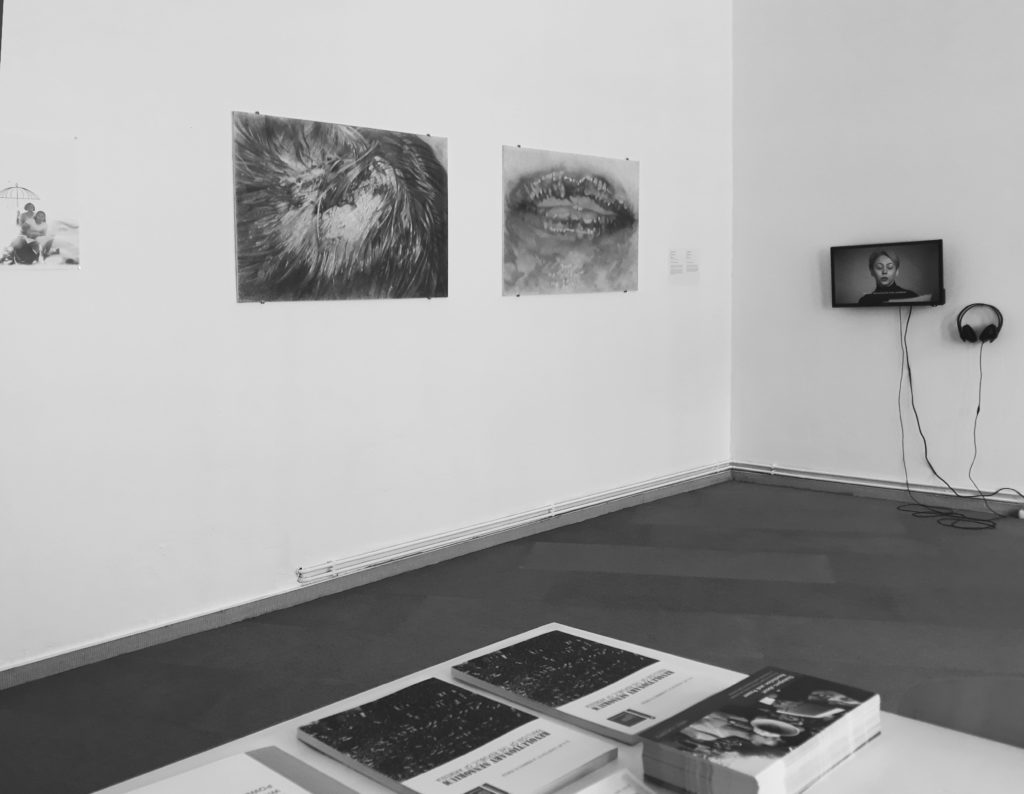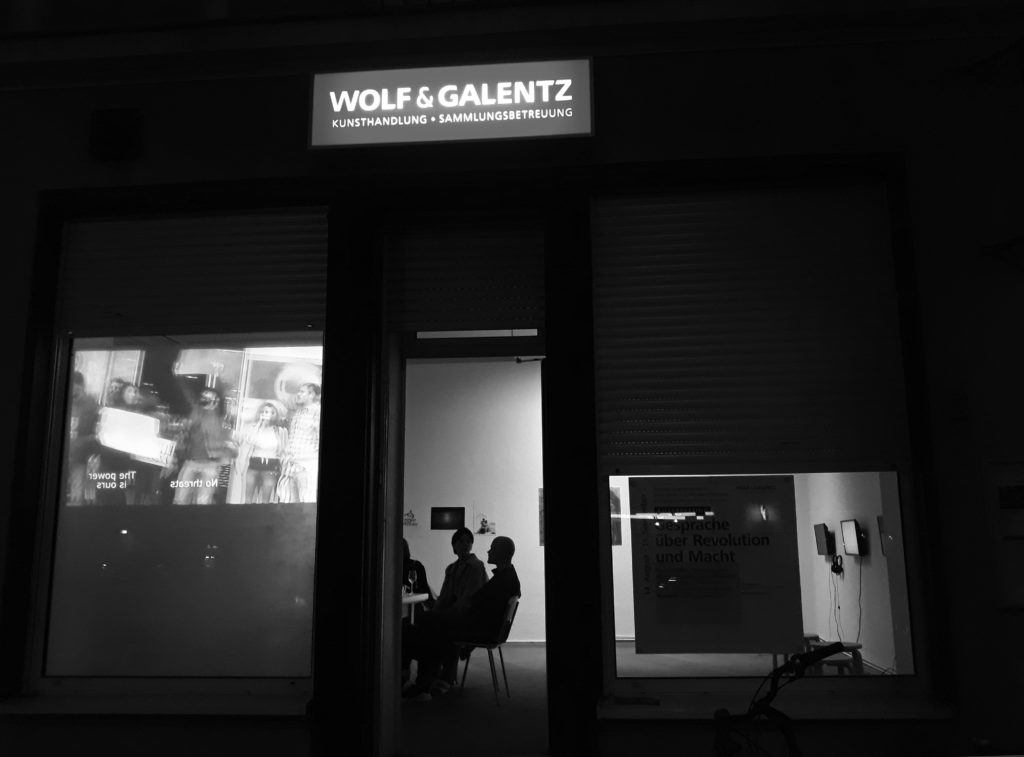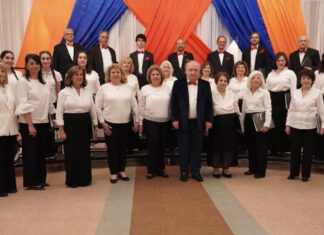By Archi Harutyun Galentz
BERLIN — On August 14 an exhibition opened in Berlin, which was not only dedicated to the revolution in Armenia, but also, with the help of a special perspective, analyzed that acclaimed process of social change.
In one of the display windows of the gallery a video was set up, with pictures of the street protests and other political actions that shook Armenia one year and a half ago. On the other side of the entrance door there was a poster hanging that introduced the exhibition as “voices of queer-feminist activists and scientists, and feminist art from Armenia.” This exhibit project was presented by the experienced Armenian curator Susanna Gyulamiryan, who stated in her introduction to the show:
“The project, ‘Dialogues about Revolution and Power,’ is dedicated to all those women who have participated in political and social protest in Armenia for the last two decades, who initiated it and organized it, those who formed and shaped the women’s movement, who stimulated a feminist debate and developed modes of critical thinking…”
Average art lovers found themselves confronted by several challenges; the show raised questions about the very image of what an art work is and what it means.
On one wall of the gallery there were four monitors that displayed reflections and analyses of the 2018 Armenian revolution contributed by young Armenian female experts. The political positions expressed by these self-conscious women citizens of the republic are to be viewed as artistic actions. Formally conceived as a unified gestalt, this series of portraits moves from a poetical declaration (Anna Zhamakochyan “Revolution: The Return of Reality”) or the presentation of a one-line poem (Ruzanna Grigoryan “for the sake of the revolution, not to talk about the revolution”), to complaints about the incompetence of official reporting in Armenia, incapable of analyzing or even taking note of social phenomena (Gayan Ayvazyan “Chronicles of the April Revolution”) and a merciless deconstruction of the attempt on the part of the new government elites to instrumentalize the women’s movement (Anna Nikogosyan “The Gendered Shades of Regime Change in Armenia”). Nikogosyan can also be seen in the trailer projected onto the display window, with a poster from the protests in Spring 2018. Its radical conclusion, that it is too early (to put it mildly) to speak of revolutionary changes in the country, lends the entire exhibition a serious tenor, an uncompromising and skeptical attitude toward the populist rhetoric of officialdom.
